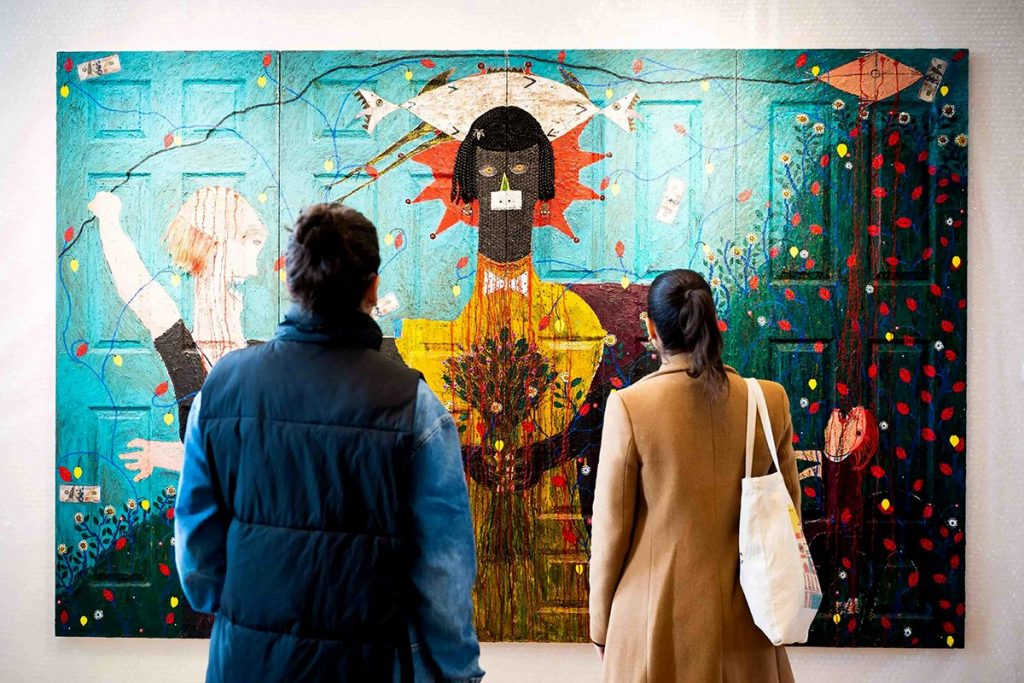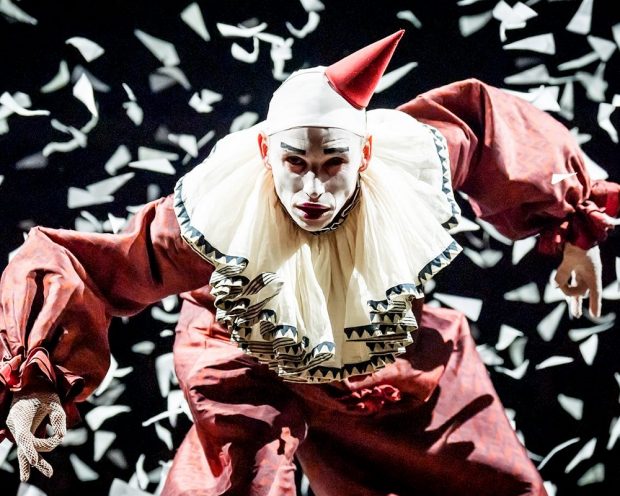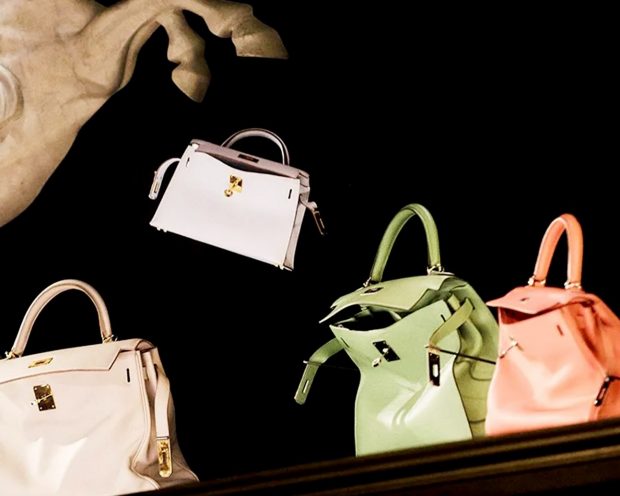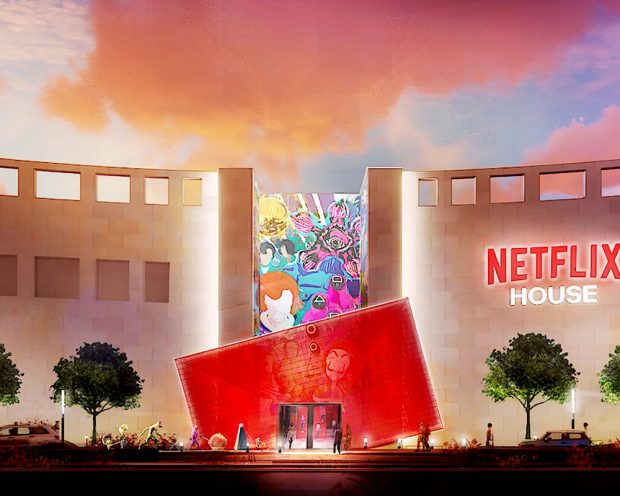Experiential doesn’t happen overnight. It takes months — sometimes years — to brainstorm, plan (and rework, reconfigure, adapt, pivot…) and execute events and experiences. Not to mention the people and money required to make the outcome unbelievable. With big budgets and even bigger expectations, experiential trends must be durable and long-lasting to survive — with a much longer shelf life than flash mobs, fidget spinners or NFTs. Who better to break down the ins and outs of experiential trends than Fri Forjindam, Chief Development Officer and Executive Creative Director at Mycotoo, and Aamna Jalal, Head of Global Business Affairs and Strategic Initiatives at Superfly, who brought this topic to life onstage at the XP Fronts. Keep reading to uncover the four keys to future-proofing experiential trends, as defined by Aamna and Fri. Aamna Jalal and Fri Forjindam onstage at the XP Fronts. Photo courtesy Lori Hoffman 1. Redefining culture for experiential success “Oftentimes we default to traditional categories: race, ethnicity, gender, age, things of that nature, but what we're seeing now are folks, and creators, and developers that are looking at culture as really powerful subgroups that have a community around them," says Fri. While they may seem too niche...



